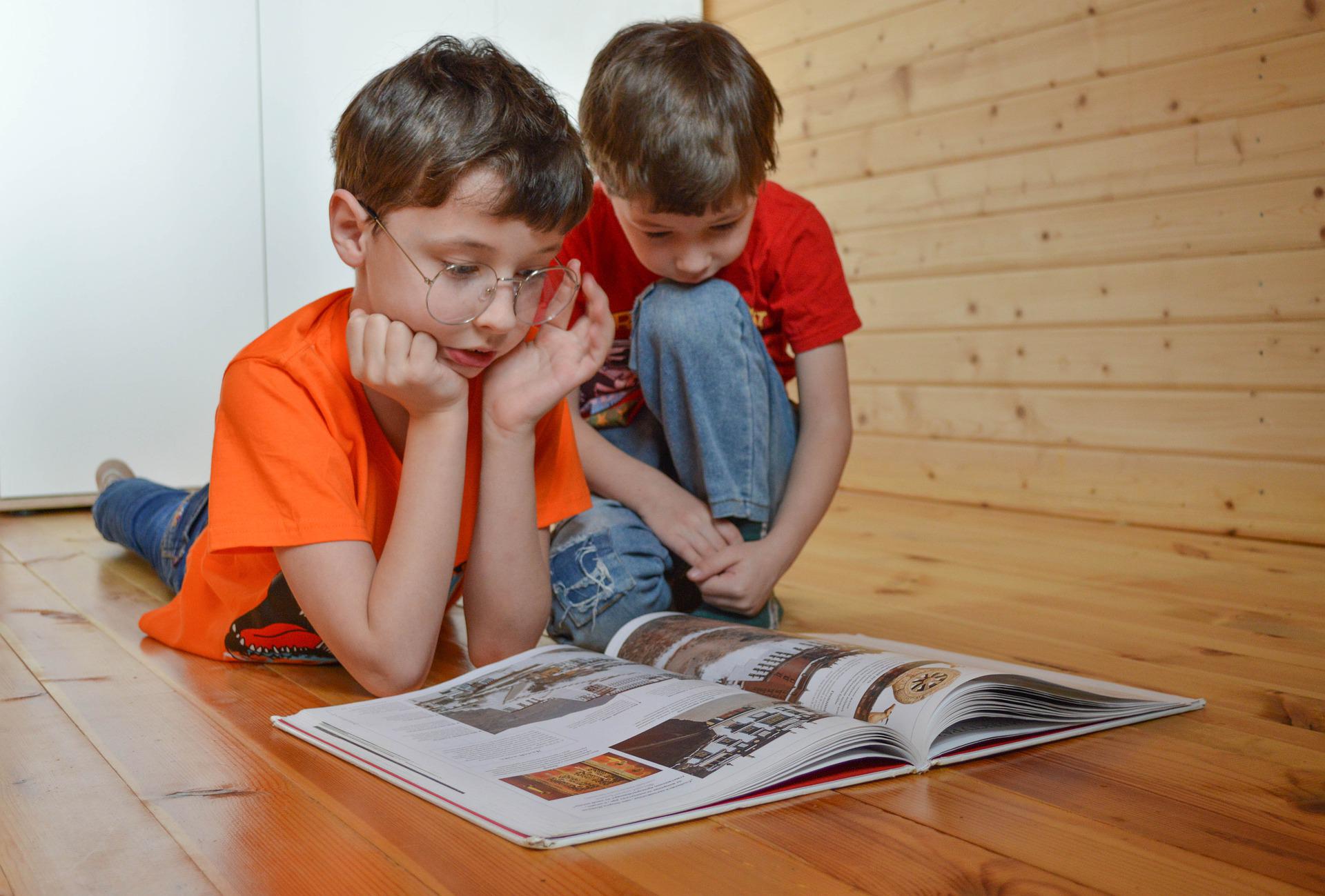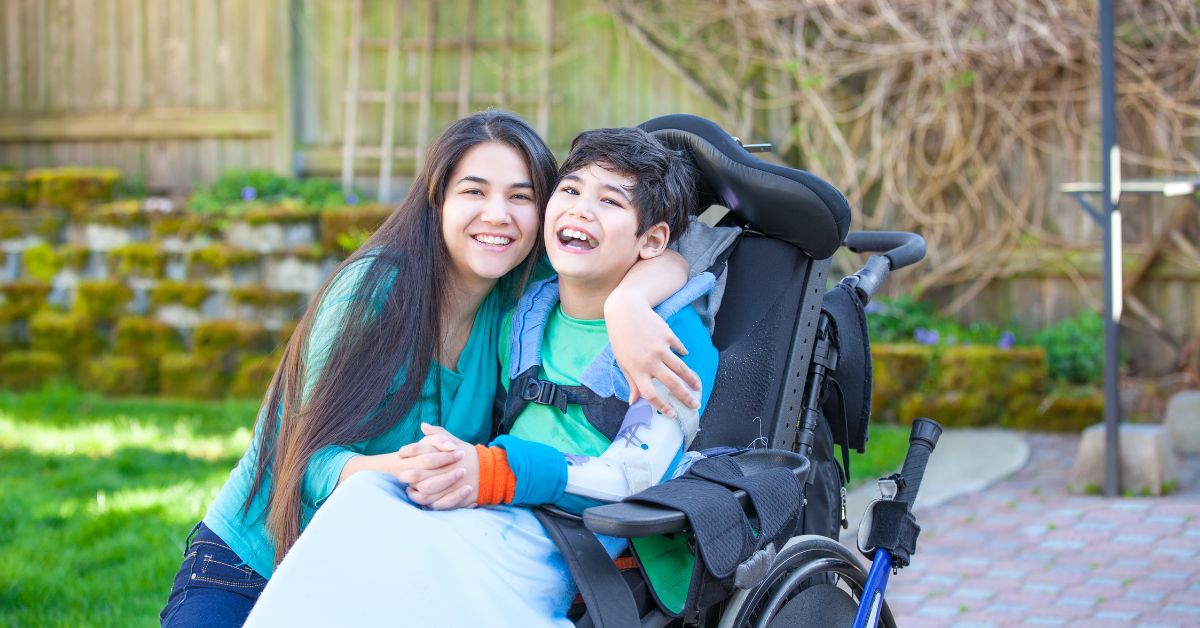How to Prepare for a New School Year

Be honest. This summer, did you ever wonder — even once — how you were ever going to make it to the end of your child’s summer vacation? And now that school is starting or about to start across the country, are you wondering how you are ever going to have your child ready in time?
If so, you are not alone! A quick browse through these reminders can provide some key strategies to help prepare your child for a successful start to the school year.
Finish assigned summer work and exercise your child’s brain
It’s the rare child who enjoys summer homework as an activity while on vacation! Unfortunately, schools often require it to keep children from losing hard-won skills they learned during the school year.
If your child is struggling to complete summer homework assignments, consider using the following tips:
- Break reading or other assignments into short, 10-to-20 minute chunks. These “chunks” can be completed a few times a day or spread out once per day over several days, as your calendar allows.
- Choose the right time of day for your child. Elementary school children often focus best during the morning hours. Teens, on the other hand, may function better later in the day or even at night.
- Give your child something to look forward to. Have an enjoyable activity – like going out to lunch or to the pool – planned that day? Tell your child how excited you are to take them – as soon the homework chunk is finished!
- Offer to do reading assignments together. While independent study skills are important, some kids (and adults!) are simply wired to work better as part of a team. Try sitting with your child as they read to you or take turns reading aloud. Don’t forget to talk about what you’ve read afterward!
Keep a positive attitude – and relax! Difficult assignments can make anyone feel flustered. Keep your child grounded through a “can-do” attitude and a firm belief that they have what it takes to get it all done.
If your child does not have or has already completed summer work, you may still want to consider exercising your child’s brain a bit before school starts. How?
- Do 30 minutes of math problems each morning.
- Read with your child for 20 to 30 minutes most nights.
- Work on a puzzle together.
- Write stories together where each of you takes a turn contributing a line.
- Build models or clay animals or paint your favorite landscapes together.
These types of activities, even in small doses, exercise the brain, build your relationship with your child, and add enjoyment to a learning activity.
Help your child connect with a friend now
Many children are a little more than anxious at the thought of a new school year, especially if they don’t know who among their friends has been assigned to their classroom or team.
Help your child by connecting with other parents/families, the school counselor, or even the school principal to identify children that your child already knows.
On the home front, if you’ve been away or otherwise out of touch, encourage your child to reach out to friends so the transition into school will be friendly and familiar. You may even want to make a deliberate plan so that your child can connect with a classmate on the first day, whether on the bus, outside the school, or in the classroom, to ease the transition.
Begin transitioning into a school routine
Summer is a great time to relax the structure a bit. Early bedtimes, nightly reading, or packing your own lunch might be a distant memory. Now is the time to help your child start waking up at a regular time, eating breakfast regularly, and sticking to a routine bedtime again.
With the start of school around the corner, consider what you would like each school day to look like from start to finish and see what you can do to create it. While you’re at it, see if you can create a schedule that reflects both your and your child’s needs. Remind your child about the expectations that will be in place (e.g., bedtimes, homework, chores) as they prepare for and start school.
Do your best to follow your new schedule and follow through on “house rules” while still being flexible enough to accommodate the unexpected and enjoy the last sweet days of summer.
Familiarize your child with their school and teachers
In addition to uncertainties about peer relationships, many children feel anxious about the school-related “unknowns.” What awaits them as they walk through the school doors on the first day? Ease the anxiety by revealing as many of the unknowns as possible.
If your child is in elementary school, consider scheduling a meeting with the classroom teacher or other relevant professionals to make introductions and see the classroom. (Most teachers won’t be back until just a few days before school begins.) For students riding the bus, ask your school if it’s possible to meet the bus driver — many schools even offer a practice ride-the-bus day to reduce anxiety about transportation and separating from a parent or guardian. Inquire about the lunchtime (or recess) routines and share the information with your child, possibly even practicing the routine in some way at home.
For middle-school and high-school students, get your child’s class schedule early and review it. Schedule time to do a walkthrough of the school, pretending to follow the schedule or part of it.
If your child receives special education and related services through an Individualized Education Program (IEP), contact the staff who will be supporting your child and see if they can meet your child ahead of time. If your child tends to be anxious about social situations, ask about the lunchtime (or recess) routine and find out if there are any small lunch groups or structured recess options in which they can participate.
Consider a transitional object
Transitions can be difficult for many students, whether it is transitioning from home to school or from class to class. A “transitional object” can be a great way to help your child move from task to task or from one environment to another.
Examples of transitional objects are a favorite toy car, photograph, stuffed animal, or special notebook with a note from you. Make sure you discuss the idea of a transitional object with your child’s teacher ahead of time and that you work out any details related to using it. For instance, what object, where will it be kept during the school day, and how often can your child access it (as needed, twice a day, just for “emergencies”).
Sync up at-home and at-school behavior charts or incentives
If your child has been working on reducing or improving certain behaviors at home, coordinate your approach with the one the school will implement.
For example, if you reward positive behavior with one hour of computer time, try reducing the time earned to match what the school can offer (possibly 10 to 30 minutes instead).
If your child is working on behavior goals in their Individualized Education Program (IEP), contact their teacher(s) or service providers to create a behavior plan that can be adapted for both home and school use. Perhaps the plan can have similar rules or goals or incentives. Maybe you can even create a home-school communication aspect so your child knows that both you and their teachers will be aware of how they are doing in both environments.
Tips:
- Transitions are hard for many children. Whether your child is changing schools or returning to the same school, consider visiting before the first day, to get comfortable with the environment ahead of time.
- Help your child pick a first-day-of-school outfit they feel good in. Kids all want to fit in. Try to help your child avoid feeling self-conscious.
- Does your child wear an eye patch? Use a wheelchair? Have a hearing aid? Give your child the language to deal with questions.
- Practicing ways to handle questions from peers (and adults) can help your child feel confident and in control.



